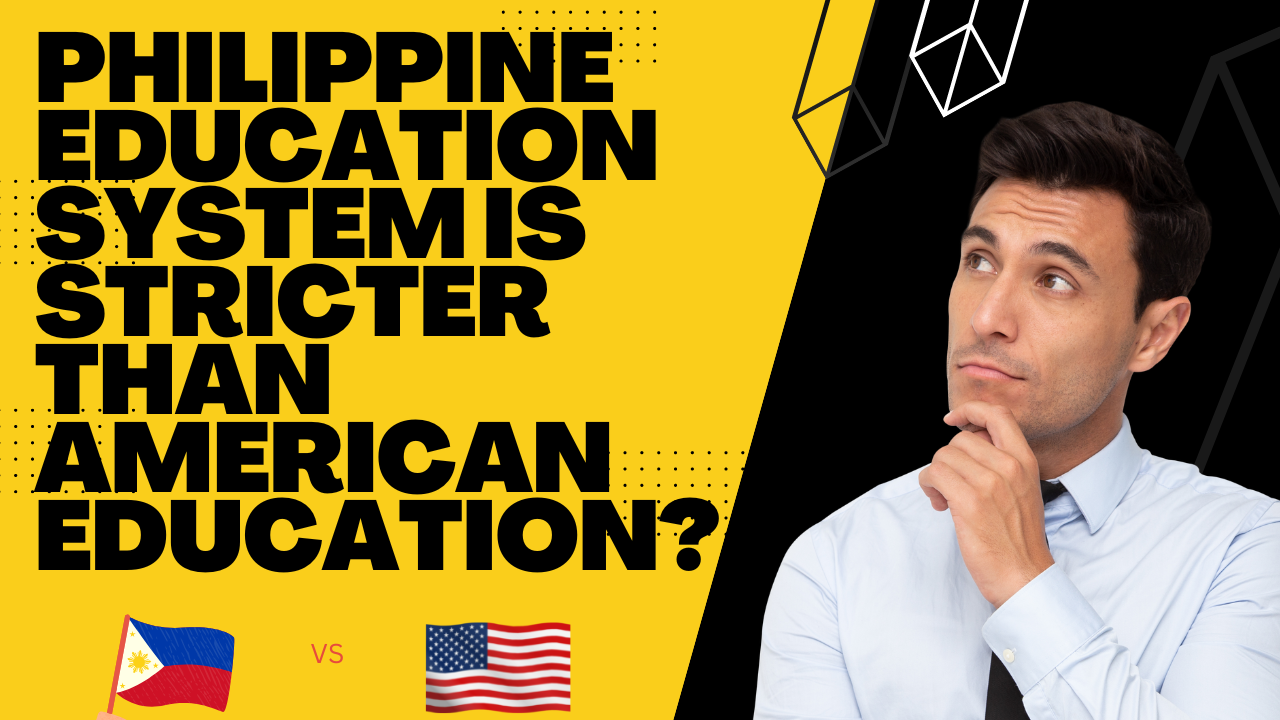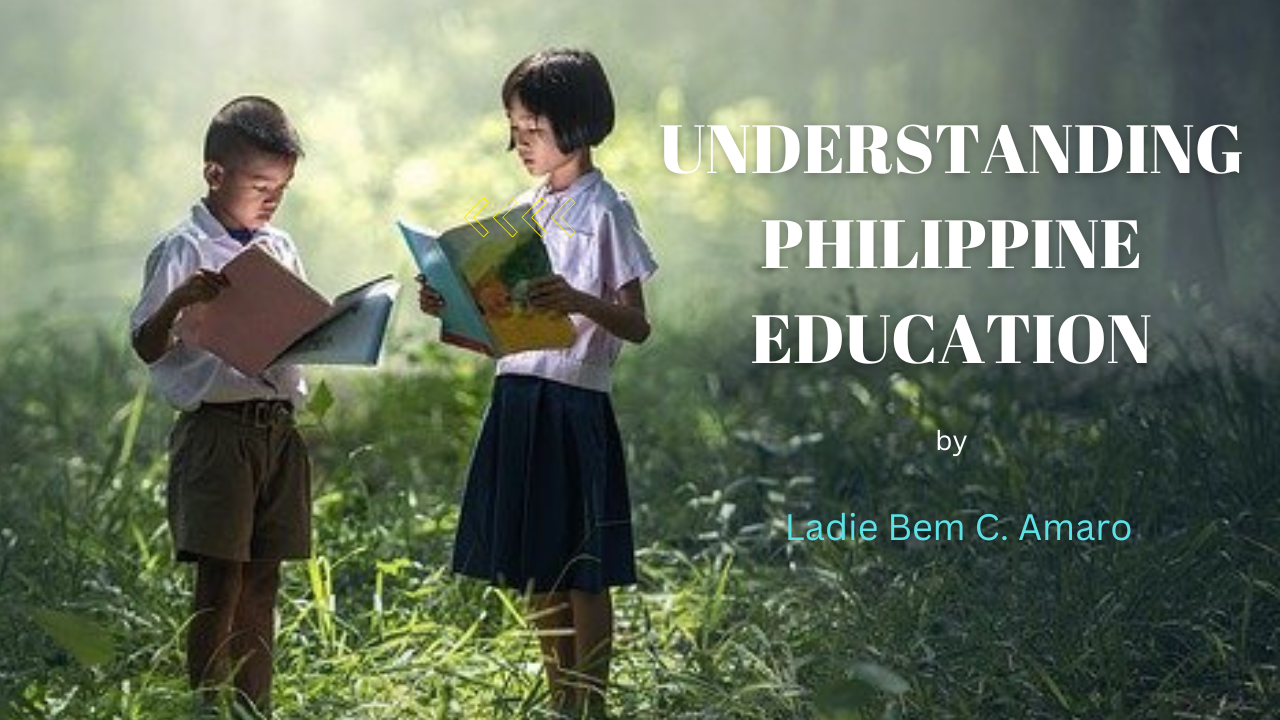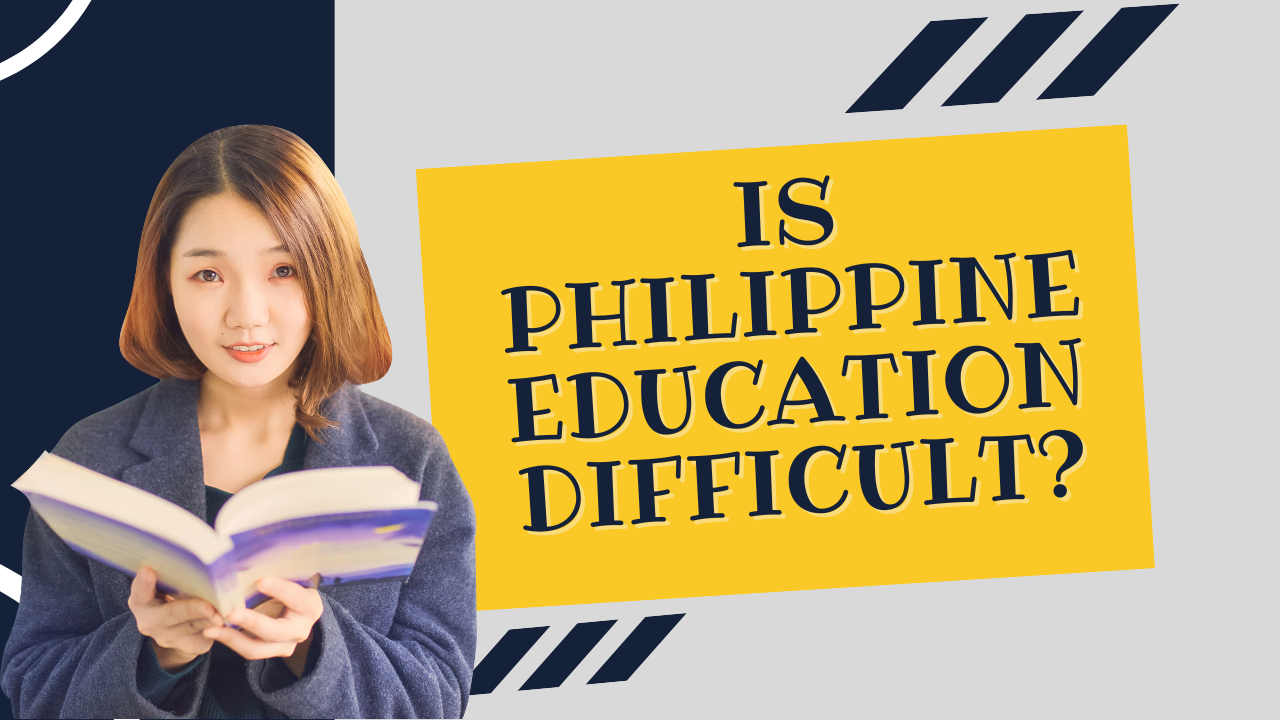How come Philippine Education is Stricter than American Education?

The Philippine education system has stricter management than that of the United States.
In the Philippines, there are strict regulations regarding what buildings students can use, and how they are maintained. These regulations were implemented to keep students safe and prevent accidents from happening. In the U.S., these regulations do not exist because schools are privately owned and not required to follow the same rules as public schools.
The Philippines has stricter school policies than American schools. These policies include classroom discipline and dress codes, as well as an emphasis on academic achievement.
In the U.S., students are allowed to skip class or break rules when they feel like it; however, in the Philippines this is not allowed because it means that a student might be more likely to get into trouble later on down the road by breaking rules again at other times in life if they were allowed to do so now without consequences being enforced immediately afterward (Dyckman & Zickermann, 2016).
In the Philippines, schools and universities are managed by their respective Departments of Education, and the department has a central office in Manila. The department's chief is appointed by the president and approved by Congress. Each school is overseen by a superintendent, who is appointed by the government and responsible for all aspects of running that school district. Districts can be large or small, depending on their population size, but they must have at least one high school or college within them. Each district also has an elementary school or college to serve children under age 11; this age group represents only about 10% of all students in public schools but 20% of those enrolled at private schools. Higher education institutions are generally managed by individual colleges and universities, though they may be grouped together to form universities or other types of higher education institutions. Now, what can you say about Philippine Education then?

